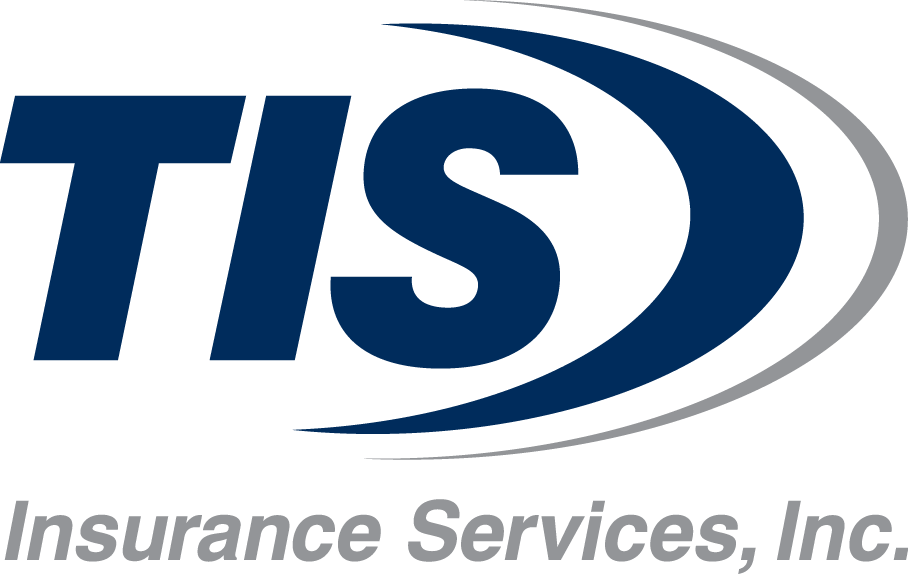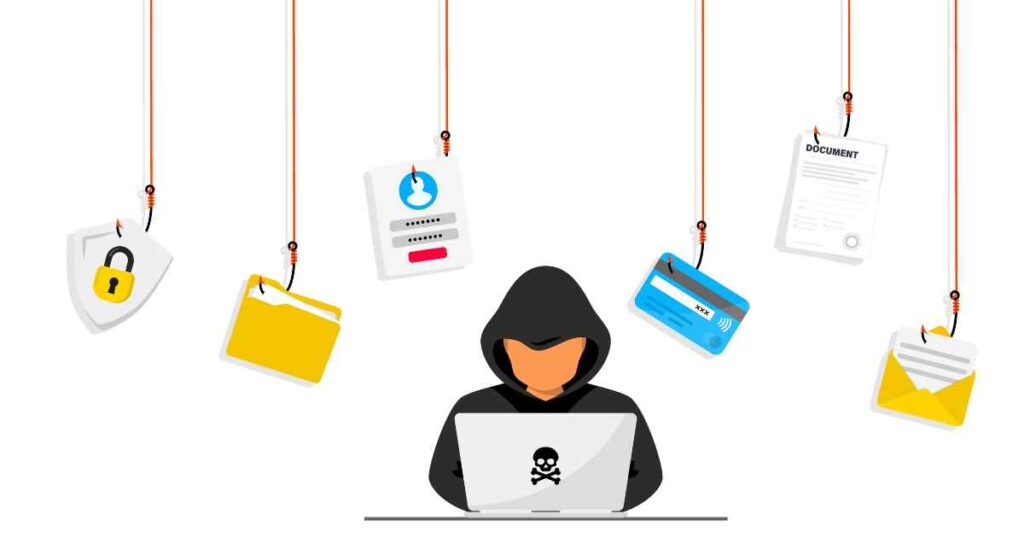As much as we might like (or not like) it, our lives are increasingly intertwined with the digital world. We store personal information, conduct financial transactions, and connect with loved ones—all online. Unfortunately, this digital landscape also exposes us to a growing threat: identity theft and cybercrime. Even more unfortunate, identity theft can happen without any online interaction. It can occur through a phone call or the mail.
A data breach, phishing scam, or malware attack can compromise your personal information, leading to financial losses, damaged credit, and significant stress. Adding ID theft and personal cyber coverage to your homeowners insurance policy can help you gain a crucial layer of protection against the financial and emotional consequences of these ever-evolving digital threats.
The Growing Threat of Identity Theft and Cybercrime
Identity Theft
Identity theft occurs when someone unlawfully obtains and uses your personal information—such as your Social Security number, credit card details, or bank account information—without your permission. This can lead to significant financial loss, damage to your credit score, and a lengthy process to restore your identity.
Common Methods of Identity Theft
Phishing: Fraudulent emails or messages that trick individuals into providing personal information.
Data Breaches: Unauthorized access to sensitive information stored by companies or institutions, such as a credit card company or retailer.
Skimming: Using devices to steal credit card information during transactions.
Mail Theft: Stealing personal information from your mailbox.
Personal Cyber Threats
Personal cyber threats encompass online dangers, including cyberbullying, hacking, and malware attacks. Like identity theft, these threats can lead to financial loss, emotional distress, and compromised personal information.
Common Cyber Threats
Hacking: Unauthorized access to your personal devices or online accounts.
Malware: Malicious software designed to damage or disrupt your computer systems.
Cyberbullying: Harassment or bullying through digital platforms.
Risks of Identity Theft and Cyber Attacks
As technology advances, so do the methods used by cybercriminals to steal personal information and perpetrate fraud. Common risks associated with identity theft and cyber-attacks include:
Financial Loss: Unauthorized charges on credit cards, bank account fraud, and theft of funds from online accounts.
Identity Fraud: Opening new accounts or loans in your name, using your personal information without permission.
Cyber Extortion: Demands for payment in exchange for the release of encrypted data or to prevent a cyber-attack.
Reputation Damage: Negative publicity or social stigma resulting from a data breach or online fraud.
Why Your Homeowners Insurance Might Not Be Enough
While most homeowners insurance policies offer protection against theft of your physical belongings, they typically don’t cover the financial losses or expenses associated with identity theft and cybercrime. Here’s why a standalone policy is crucial:
Limited Coverage: Standard homeowners insurance might offer minimal protection against identity theft, often with limitations on reimbursement for expenses incurred. An identity theft and cybercrime policy will go beyond these limits.
Cybercrime Exclusions: Many homeowners policies specifically exclude coverage for cybercrime-related losses, such as data breaches or ransomware attacks.
Peace of Mind Features: Identity theft and personal cyber coverage often go beyond financial reimbursement. It can include valuable features like credit monitoring, identity restoration services, and fraud resolution assistance.

Identity Theft and Personal Cyber Coverage Options
Adding identity theft and personal cyber coverage to your homeowners policy typically involves an endorsement or rider. These endorsements vary depending on the insurance company, but common coverage features include:
Financial Reimbursement: Coverage for out-of-pocket expenses incurred due to identity theft, such as replacing stolen funds or fees associated with closing fraudulent accounts.
Credit Monitoring: Services that monitor your credit report for suspicious activity and alert you to potential identity theft attempts.
Identity Restoration Services: Assistance with the complex process of recovering your identity if you become a victim of theft. This can involve contacting creditors, law enforcement, and credit bureaus.
Cybersecurity Tools: Some policies offer access to cybersecurity software or resources to help you protect your devices and online information.
Choosing the Right Identity Theft and Personal Cyber Coverage
Needs and Risk Tolerance: Assess your online activity and the amount of personal information you share online. This will help determine the level of coverage you need.
Coverage Limits: Review the policy limits for reimbursement of expenses and identity restoration services.
Deductible: Choose a deductible you’re comfortable paying in case you need to file a claim.
Cybersecurity Features: Consider policies that offer additional features like cybersecurity software or data breach notification.
Call or set up a consultation to see if adding this valuable protection to your existing policy is possible. Our Client Executives understand the complexities of identifying cyber threats and can guide you toward the right coverage to fit your needs and budget.






